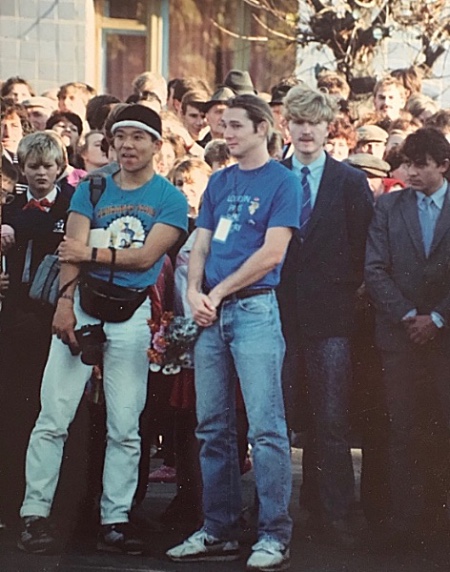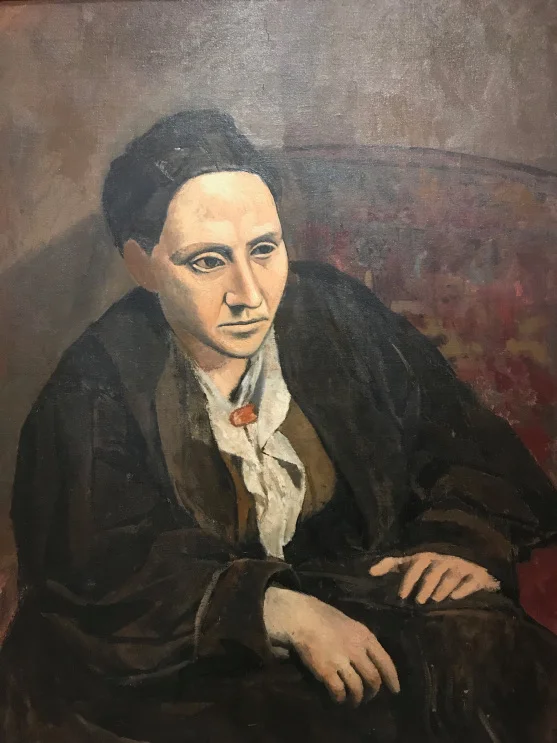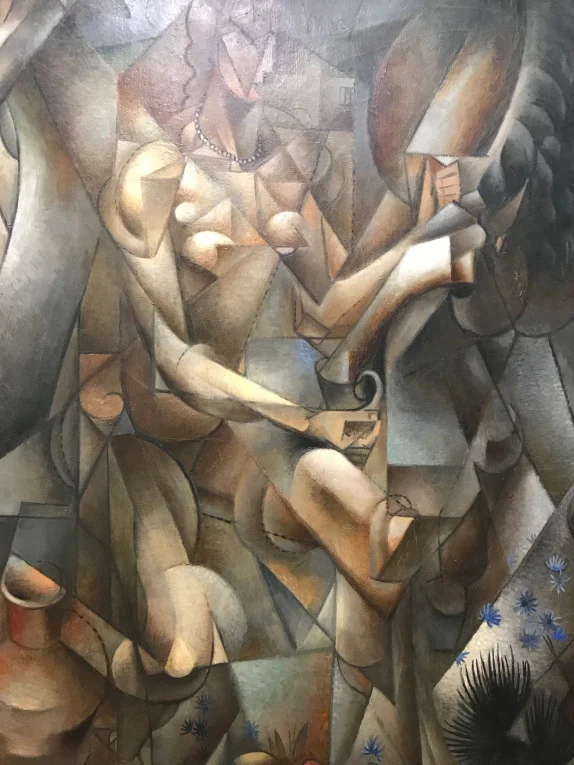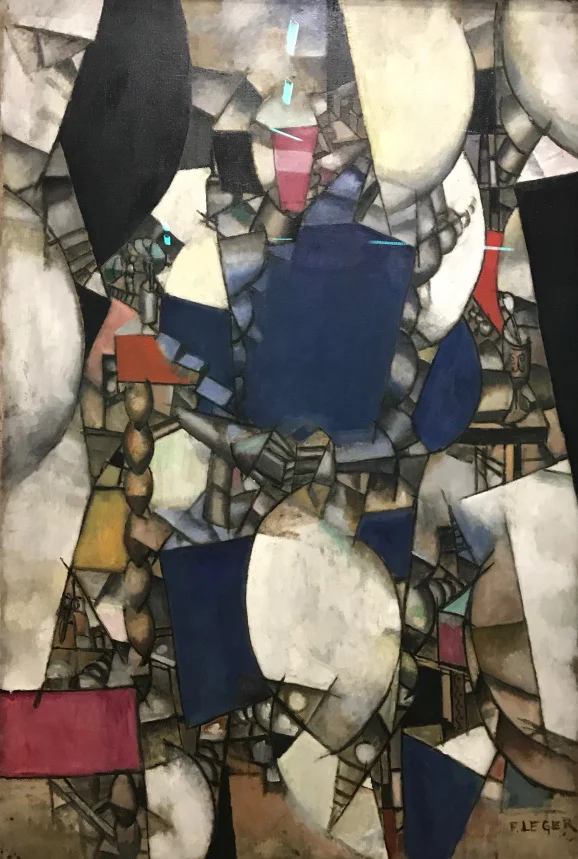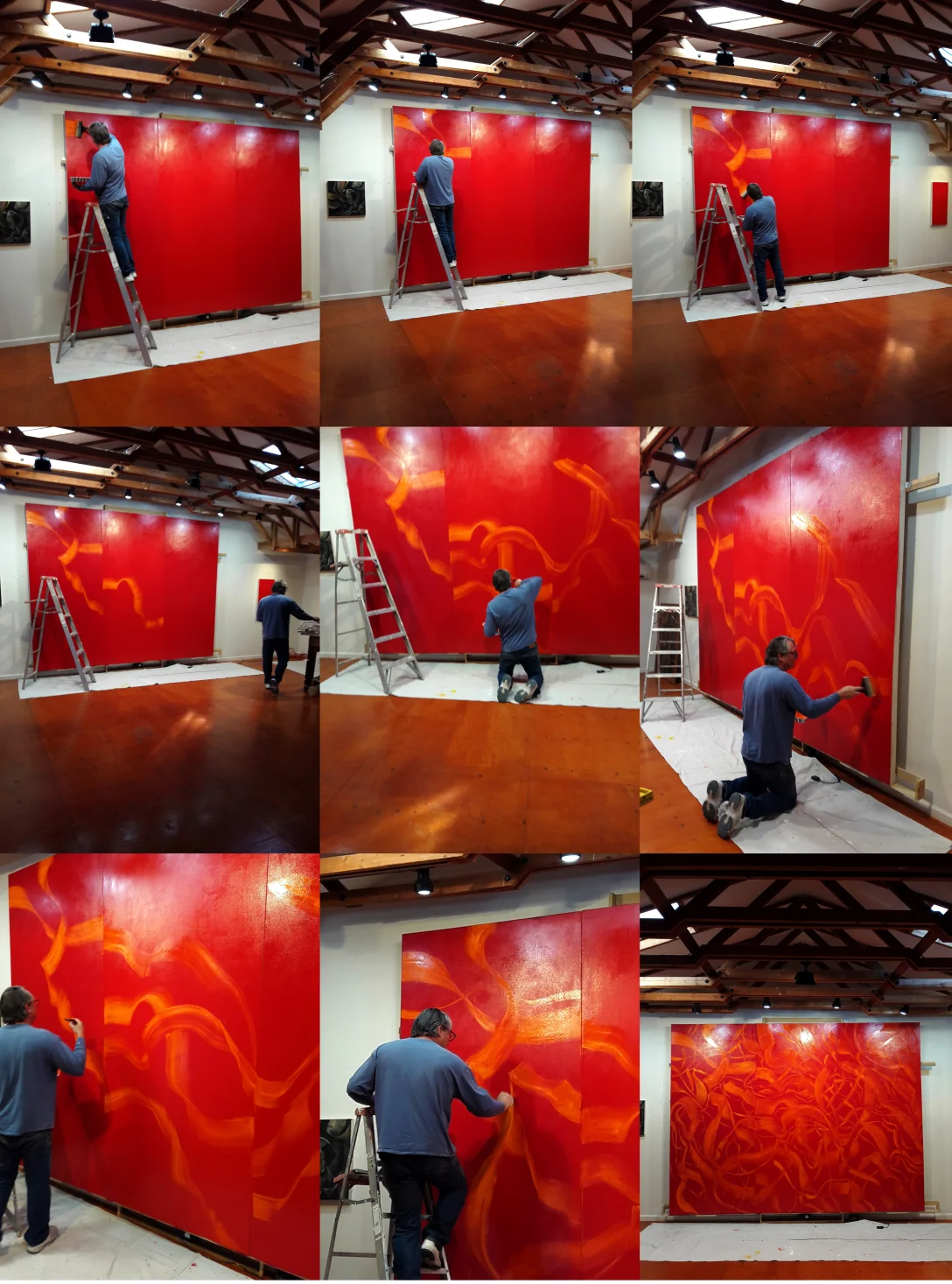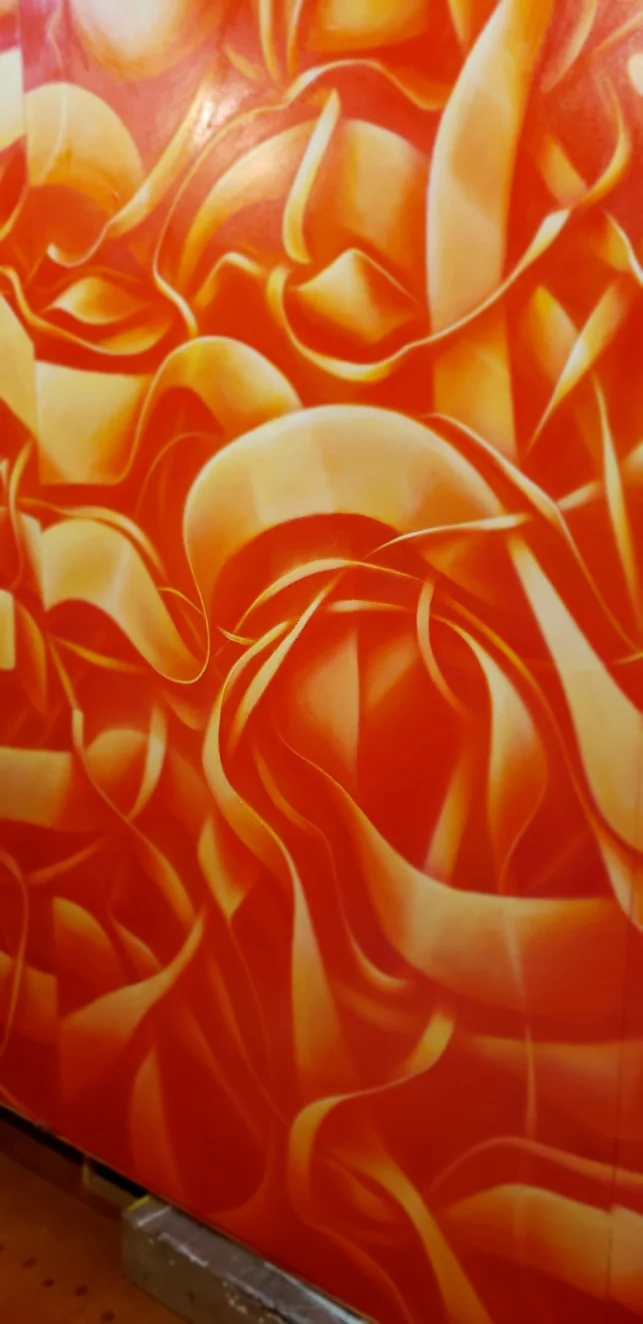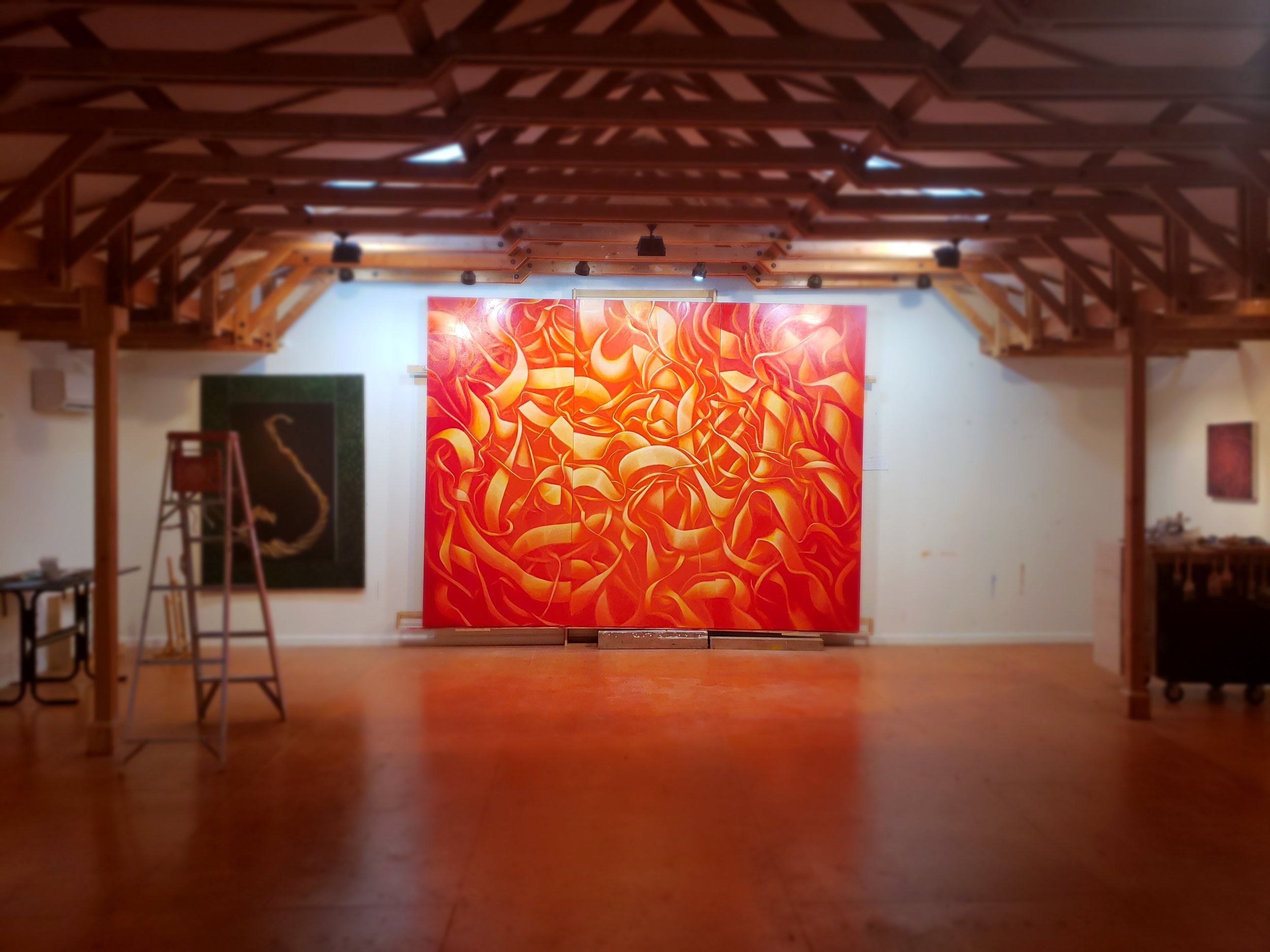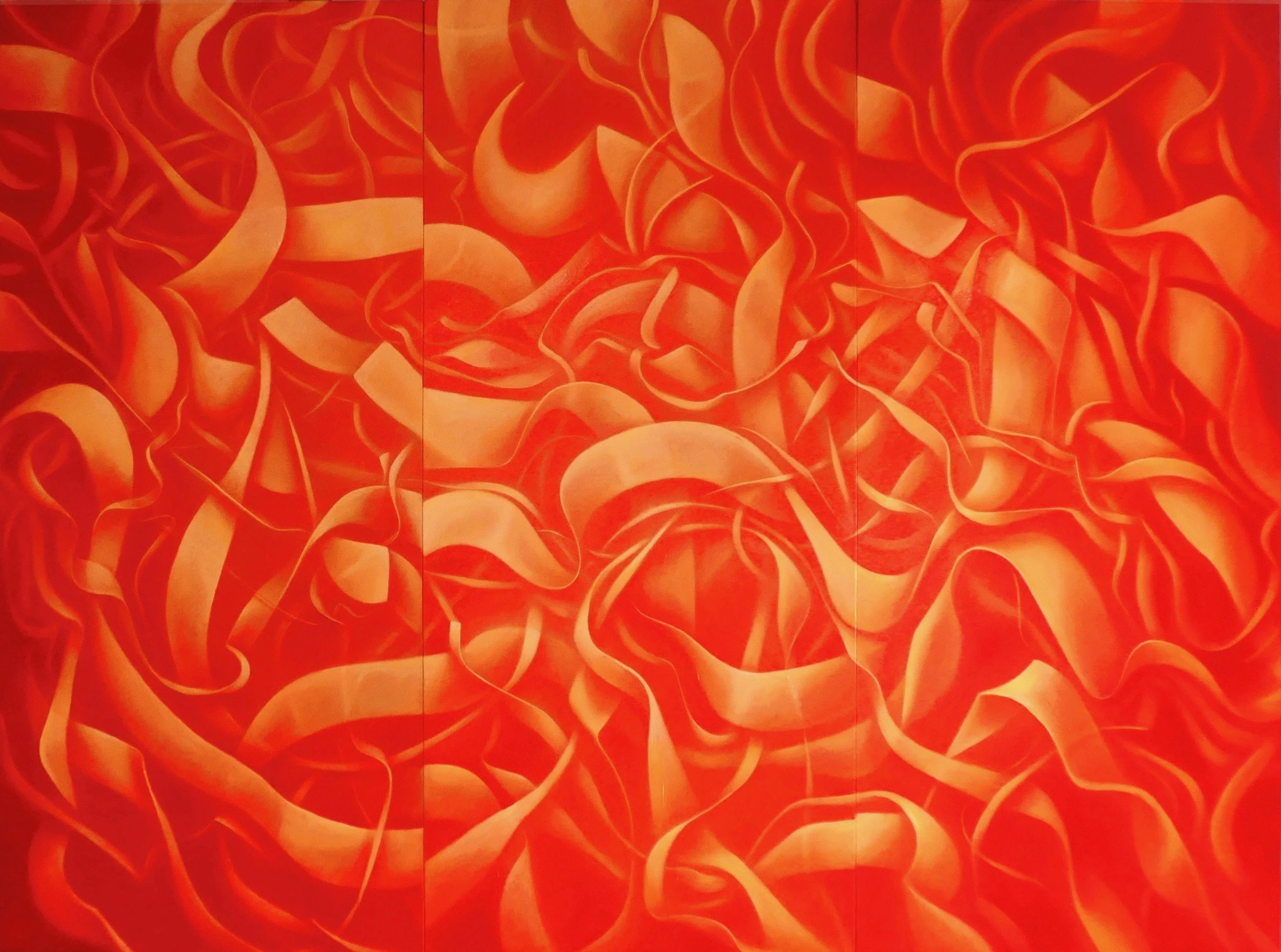I open this with a copy of a letter recently sent to Shane. As his studio manager, I have a unique position to witness what happens within the walls of his creative spaces. In writing these newsletters, it is always my goal to share the work with as many people as possible. And as a “fly on the wall”, I believe, “Letter from Ukraine” is symbolic of the times we live in. It is a testimony to us all, that it does not matter where we live or what language we speak. Great art has the ability to bring us together and share comparative thought.
Before I unveil this, it’s important to note that it is written by a person whom Shane met in Kiev, Ukraine, during the Fall of 1989. The artist traveled to the former Soviet Union on a Peace March from the western border of Ukraine to Moscow, Russia with a group of like-minded individuals spreading the word of democracy. At that time, Ukraine was still part of the Soviet Union, and a year and a half after Shane’s visit, it became an independent nation. The letter is quite sensitive as the author has witnessed many things; not only communism and the collapse of the Soviet Union but also the rise of a new state. Sadly, I am reminded by today’s news, as Putin’s regime is closing in on the independent nation (Ukraine) where the citizens are worried that what they have successfully gained over the past 20+ years may disappear in a moments time.
A village in Ukraine where people came to hear what Guffogg and his group had to say and share (October 1989) Courtesy of the artist
In the middle is Shane Guffogg with another fellow American
(October 1989) Courtesy of the artist
In October of 1989, Guffogg joined a peace march through parts of USSR including Moscow. He met thousands of people marching through the streets, passing out fliers regarding sentiments of change, sharing his views on democracy versus communism and how life in Russia could be different. Shortly after the “Fall of Communism” took place in 1989, the start of the revolution occurred with the collapse of the Berlin Wall. It was unheard of for a young American to be in the Soviet Union during that time, let alone join a peace march to promote change, however for one reason or another – possibly intuition – Guffogg was there promoting peace through the demystification and a deeper understanding of the ideologies of the East and West after the long tradition of cultures that make up the foundation for societies around the world.
A meeting place in the center of the city for a Peace rally
(October 1989) Courtesy of the artist
Below is the “Letter from Ukraine”
“Shane, I can’t describe all my emotions when I see your paintings, and it’s quite natural, I think. Is it possible to say everything you want if every painting has a special meaning. But all of them make me think about genuine profound origins of our life, of the universe. I think anew our mission on this earth. I see how piercing, fragile our life (can be), I can see it looking at your gorgeous creations. Everything is inter-connected, our universe has no beginning and no end. And what are we living for-as great Freddy Mercury song. Our 17-year old daughter often asks us about this. I say to her “maybe we live to make this life a bit better, more kind. ” I don’t know, there can’t be anything monosemantic, simple. I think about the philosophy of our life when I see your creations. How deep and beautiful they are. So great is the power of love and kindness they have. And that touchy light, it gives me an inner warmth, it takes away my inner pain, my inner contradictions.”
Kiev, Ukraine
November 2018
The letter brings to mind the role of the artist and their means to convey a message to the viewer. If the art on your walls isn’t doing that, then the artist maybe missing his mark.
Recently I visited Paris’ Centre Pompidou’s exhibition, “Le Cubisme” (1907-1917) and it reminded me of the power of the message and how the artist sets out to relay something to the viewer. On view, I saw drawings, paintings, sculptures and even letters written to fellow artists. Cubism came forth as a need for a social, and political change. Artists of the movement set out to make a break from traditionalism. They were desperate to broadcast a new message. They did this through writing, theater, music, and art. In the beginning, they found inspiration from Cezanne’s re-interpretation of nature. Then artists began to explore Primitive art, which led to a re-defining of time and space. Rightfully so, within the panic of WWI, the two-dimensional picture field would forever be changed.
While reviewing the exhibition, I found myself comparing the work of the Cubist to that of Guffogg’s. There was a common thread. Guffogg is making changes, finding a new voice, seeking the spiritual and primal state through abstraction. All the while, returning to nature in order to take a step forward. I thought out loud, “What is Modernism?” and “What are artists doing today to make significant developments in their work, in order to discover what the meaning of life is?” This rolled around in my head for quite some time and when I arrived back to Guffogg’s studio, I sparked up a conversation and the artist quickly answered me with,
Pablo Picasso’s Portrait of Gertrude Stein, 1905-1906, this was the artist’s first attempt to alter portraiture
Jean Metzinger, Femme au Cheval, 1912
Fernard Leger, La Femme en Bleu, 1912
Shane Guffogg: “Modernism was an era that was ushered in by the Industrial Revolution, and it was greatly reflected in the art, architecture, design, and music of the time. Modernism allowed us to stop using the horse to plow the fields, as today we have tractors. Things became mechanized, and that changed the way we live. With it, there was a mass migration that went from farms to the inner cities. There was an increase of population to these cities, which caused the architecture to be redesigned to go higher, and still even higher, as people needed more space, a new style of modernism was ushered in. Modernism was supposed to free us from labor, give us more time to think and enjoy life. At least that was the Utopian vision of Modernism.”
Okay, I thought to myself with his answer, while looking onto the busy streets of Los Angeles. I admit I am part of the unique tapestry that outfits the 21st century, from the cellular phone I have lodged between my fingers to watching in envy, the swift and almost silent electric cars that whiz past me. But there are things happening for the worse as well, with the advent of teen gaming, these youngsters believe they are a skilled rifleman. What kind of world do we live in? As I walk back into the studio, I hear Guffogg talk about augmented reality and how soon a viewer will be able to step inside his paintings through the fourth dimension. I witness two sides of Guffogg, one taking a step into the future and the other very much investigating ancient cultures. Both feed the creative spirit. Similar, to the Modernists of the 20thcentury, Guffogg is sending a message about change, the global state of affairs, and genealogy. The artist feels it is essential to facetime with the spiritual to leap ahead. Like the Cubists, he is revisiting time and space as well. Every few weeks, he abandons city life and heads north to work at his countryside studio, formerly the ranch he grew up on. From there he watches the sunrise and set, contemplating the earth’s crust, taking note of all the elements. Different work happens there, a different species of painting comes about. The quietness and solitude have a great effect on his work — paintings like, “Evolution of a Mortal Soul – Amor Fati” come about there. The large three panel, 9 by 12 -foot painting is a fiery cavern of sorts. A force of nature, the painting consists of red and gold ribbons that flow across the canvas walls. While some ribbons meet, others do not, disappearing as if swallowed up by a moment in time.
Shane Guffogg in his Strathmore studio beginning the first stages of the painting, “The Evolution of a Mortal Soul – Amor Fati”
Cubist searched for something that was different and so has Guffogg, exploring components that go beyond thought, changing the two-dimensional picture field again and again. The artist seems to have a need to not just do one painting based on a theme, but many. He often returns to themes that he may have previously explored, even from as far back as 20 years ago. He says it’s an ongoing dialogue he is having. I asked him about the painting and why he felt so compelled to do such a large work? It is life size but appears larger than life, the red and golden tones are an ocean of currents or like lines on a tree revealing lineage, coding, DNA and process of survival.
Shane Guffogg: “This painting is bigger than me, in more ways than one. The size was dictated by my own physicality and what I am able to physically work on. The second part was the size of my studio – its the biggest I can go in that studio. The canvases are 9 feet tall, I am just shy of 6 feet tall and with my hand stretched high over my head, I cannot reach the top. This means I was up and down a ladder a lot of the time. But this size allows me to fully stretch my arm and make gestures withthe brush that are truly connected to my own physicality. I chose 3 panels to give me 3 surfaces to work on. And what that does is give me 3 distinct moments to explore. Each panel is like a picture frame or film cell. In the western world, we read from left to right and I worked on this painting in the same way. I started with a large brush, loaded with paint, and climbed the ladder to the left upper corner and began. As my brush went across the canvas, the panels served as a new surface that could be a continuation of the adjoining canvas or it could be a different moment in time and space. One thing that I am continuously fascinating by is patterns. The repetition of one thing creates patterns. If we could film our movement throughout the day, and it would appear as lines, what would it look like? Scientist study the movements of moths and filming them creates these beautiful, abstract lines. We all create these lines and patterns, but we don’t see them. I see them. But I digress. As one line moves to another panel, sometimes they appear as a fluid connection, sometimes disjointed and other times, the line is interrupted. I think about our lives and how we live in a moment, a day, a week, a year. What gets passed along from one day to the next? And how about generations? What have I picked up from my parents? What has my son picked up from me? Most people tend to think of time as linear, but I don’t. I think of time as a perception that is relative to each person. This painting was not preconceived – it happened at the moment it was started. The actual laying out of the lines took maybe an hour. I had my son film and photograph that hour. When I had that part of it completed, I was mentally and physically wiped out. It summoned everything I had – it was my past, present and future. Those first movements were all done with a cadmium orange over a medium cadmium red. The following day began the journey, where I started to define the pictorial space by painting in light and shadows, making a moment in time my subject.
Detail photos of "The Evolution of a Mortal Soul - Amor Fati"
Detail photos of "The Evolution of a Mortal Soul - Amor Fati"
Detail photos where lines purposely meet and do not meet
The other part of the title is, “Amor Fati”- (Evolution of a Mortal Soul – Amor Fati). Enchanted by the sound of this, I return to my research and find the phrase comes from Latin, which loosely translates to “love of fate” or “love of one’s fate”. It was Friedrich Nietzsche who is most famous with his description of “eternal recurrence”. Exclaiming a sense of content with one’s life and the acceptance of it in all its forms, even in moments of boredom, glory or suffering.
He writes in The Gay Science or The Joyful Wisdom:
“I want to learn more and more to see as beautiful what is necessary in things; then I shall be one of those who make things beautiful. Amor fati: let that be my love henceforth! I do not want to wage war against what is ugly. I do not want to accuse; I do not even want to accuse those who accuse. Looking away shall be my only negation ....” – (Section 276)
and in (Section 3, Preface),
“Only great pain is the ultimate liberator of the spirit....I doubt that such pain makes us ‘better’; but I know that it makes us more profound.”
-Friedrich Nietzsche
Friedrich Wilhelm Nietzsche was a German philosopher, cultural critic, composer, poet, philologist, and a Latin and Greek scholar whose work has exerted a profound influence on Western philosophy and modern intellectual history. He began his career as a classical philologist before turning to philosophy. (Wikipedia)
The final image of "The Evolution of a Mortal Soul - Amor Fati", 2016-2018, oil on canvas, 9 x 12 feet
What is Guffogg searching for that will make us more profound and why is it so important to send this message now? When I look out on most of the art scene here in Los Angeles, I see artwork of shock and little-crafted technique being executed. The residue of conceptualism has eaten away at the artist’s mind like a worm is to an apple, leaving a hollow presence with nothing really to say or to even look at. In 100 years, will anyone remember this type of artwork? Where is the golden light that escorts us to enlightenment in this contemporary art scene? We are now past Post Modernism and what the new word or term is for this era is yet to be defined. The industrial revolution came and went, and we are now in the throes of the Information age. We are rethinking time and space as the information travels at the speed of light. In my opinion, Guffogg is painting this new era that is yet to be defined.
Victoria Chapman (December 13, 2018)
Studio Manager, Shane Guffogg Studio
"The Evolution of a Mortal Soul - Amor Fati", 2016-2018, oil on canvas, 9 x 12 feet


